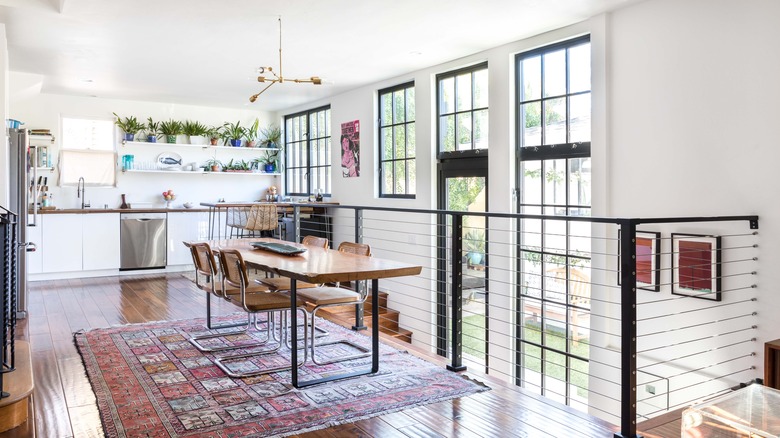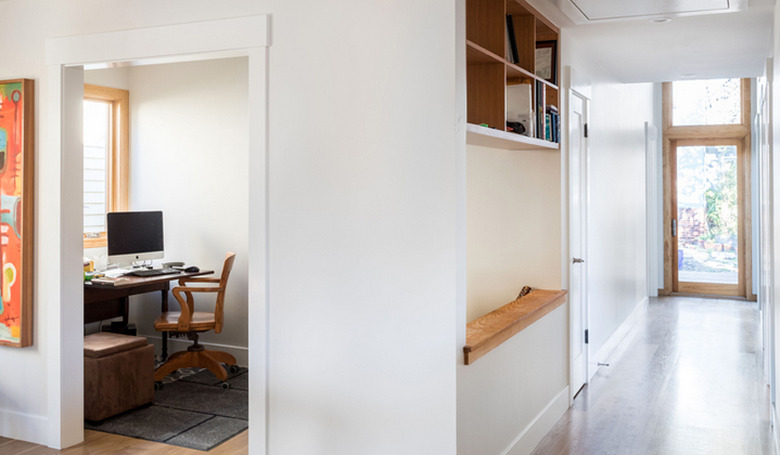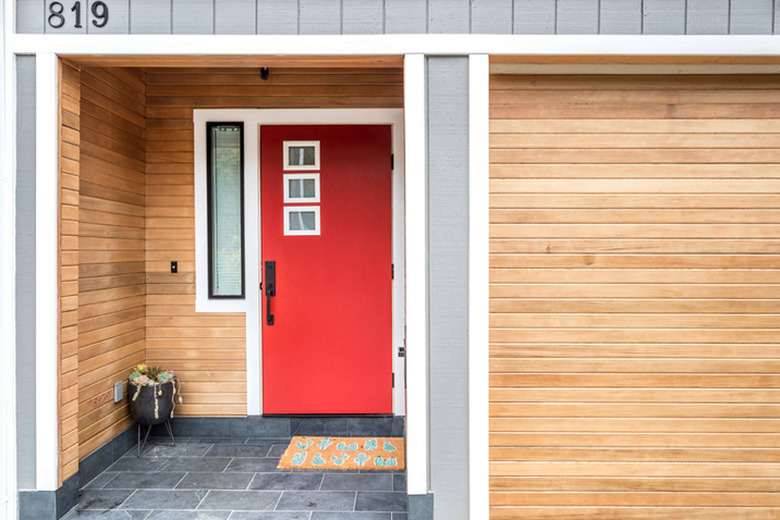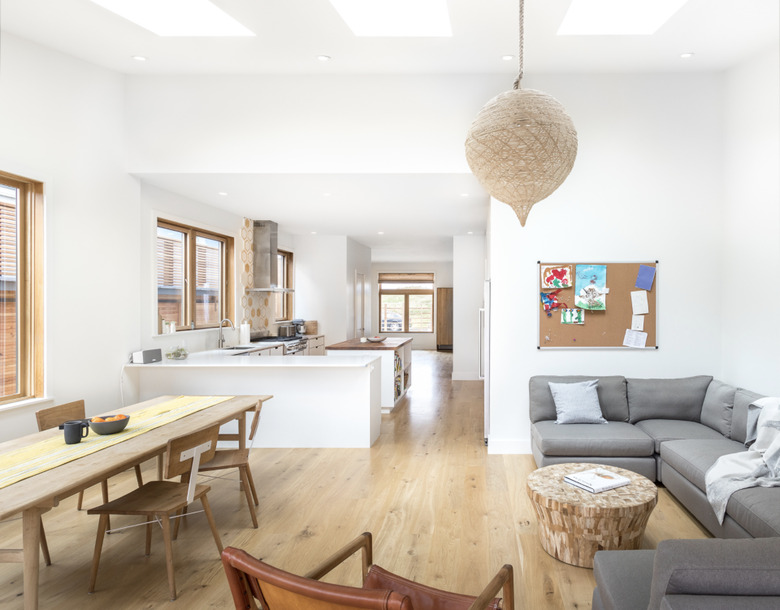6 Smart Ways To Think Like An Architect When You Want To Reno
Devi Dutta-Choudhury is a Bay Area architect who specializes in modern, casual architecture — which is to say, she helps individuals, families, and businesses create and renovate spaces that are smart, chic, and comfortable. It's a livable approach to architecture — with a goal of making quality modern design accessible, not out of reach.
Dutta-Choudhury's forthcoming book — House to Home: Designing Your Space for the Way You Live — is about helping those of us without a degree in architecture think a bit more like a professional when considering our spaces. In the first chapter, she lays out the refreshingly simple fundamentals for modern living — shelter, access, and light. That's it. The book is also the disarming story of the renovation of her own home, a 712-square-foot house, sitting atop eight redwood stilts in the Berkeley Hills, not quite ideal for her growing family of five.
Which is to say, she's been there, as well.
Here, Dutta-Choudhury shares some of the tricks of the trade.
Detail Your Day
Detail Your Day
Usually what I do is walk through somebody's day. How are you getting into your house — by public transit? Bike? Car? Do you need to put your surfboard somewhere? How are you coming into your house? It's literally a narrative of the day, from the minute you wake up, walk in and out of the door to going to bed. Do you have a bunch of bags? Keys? There's architecture that can help with all those things.
Everyone is going to have a different solution based on their particular lifestyle. Do you work at home? Do you need a separate office? Do you have a bunch of kids? Do a bunch of kids come over? Is it a porous house where kids pop in, or are you more private?
Who you are can get reflected in the space — and how it gets laid out.
Be Honest About Who You Are
Be Honest About Who You Are
Do you actually sit at the dinner table to eat, or do you all sit around a counter, or sit on the couch for dinner. I don't want to be judgmental or proscriptive about how someone uses the space. How do you prefer to do it? You don't have to go along with what's traditional or what's been true in the past, or since, well, Medieval Times.
It's about the quirks of your personality and what's optimal for you.
Rethink What You Know About Shelter
Rethink What You Know About Shelter
Before, houses were just getting bigger and bigger and bigger. Now, people are a little more thoughtful. With tiny homes, alternative living, co-living, it all has architectural implications. People have a lot more restraints, too, which makes them more thoughtful about what they need. Architectural thinking is more, What do I need? And maybe that's a tiny room to sleep in and a giant open living area.
Think About Access
Think About Access
Access is about how things interact with each other — how your house interacts with the street, or your neighbors, windows, doors, fences, or paths. Think about how open you are to the street and how easy you make it for someone to visit.
The same thing goes for inside. Is everything arranged around central space? How do spaces relate to each other? An open kitchen became a big thing because we do all that together now — cooking, eating, hanging out, it's all one activity. Those relationships support your lifestyle.
Think About Light
Think About Light
Meaning, natural light. If you're facing north versus southwest, there's a natural quality that you can't fake, based on the orientation of your house. How do you take advantage of what you have? You may want to open up a north wall to get ambient light all day. Or maybe you want morning light in your kitchen space or breakfast nook.
Work With What You Have
Work With What You Have
In the end, you have to take what you can get. Usually it's, This house is available and you can fit your life into it. But if you're doing a project where you're going to change or add on to it, you can be specific to your life, instead of trying to shoehorn your life into a space.




